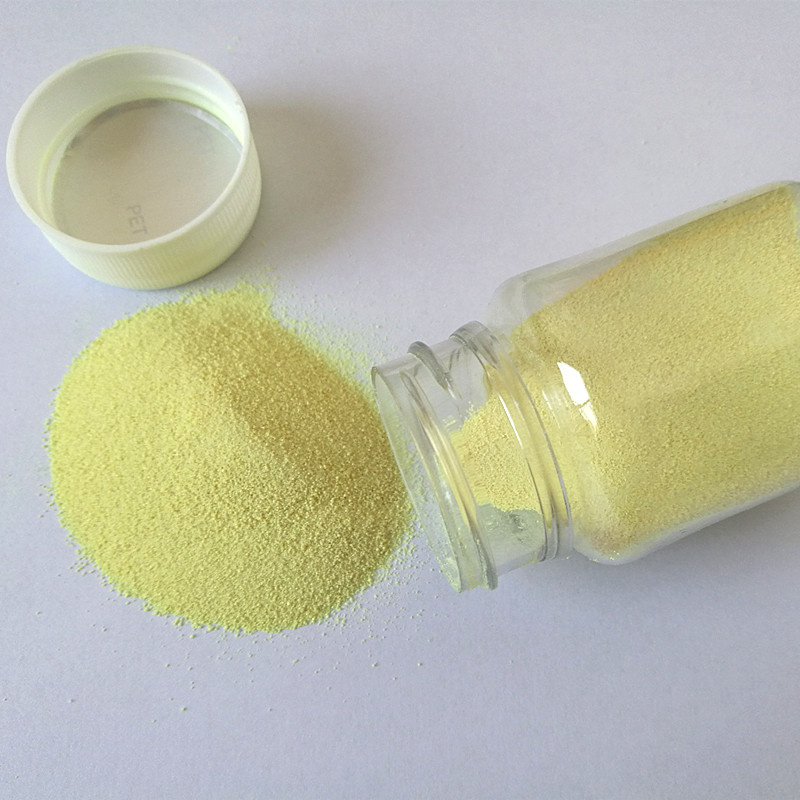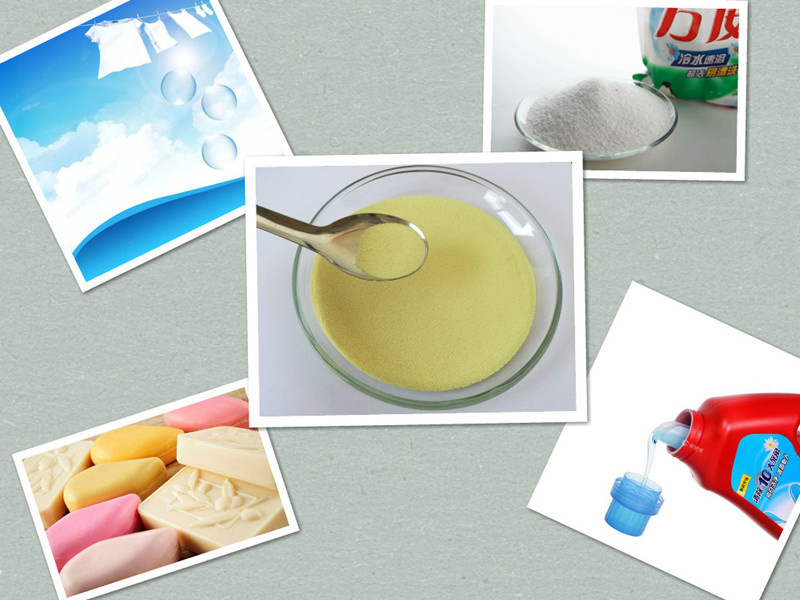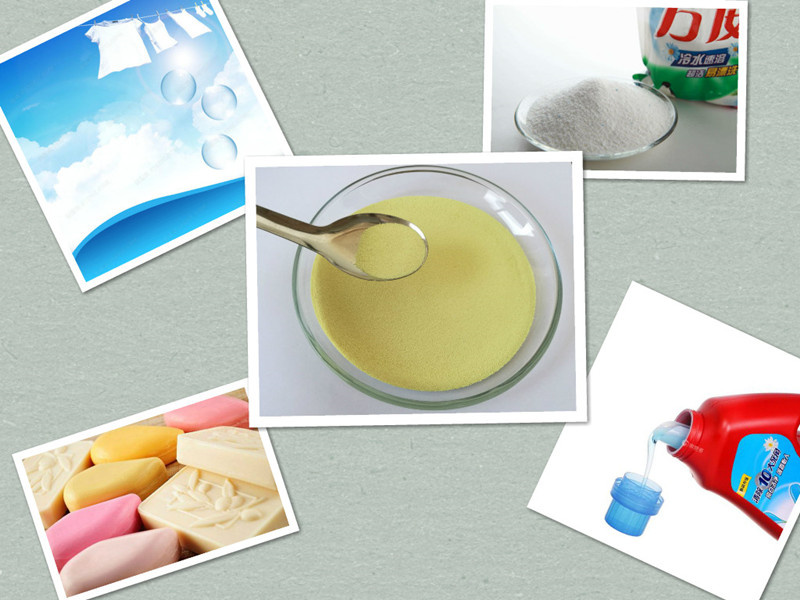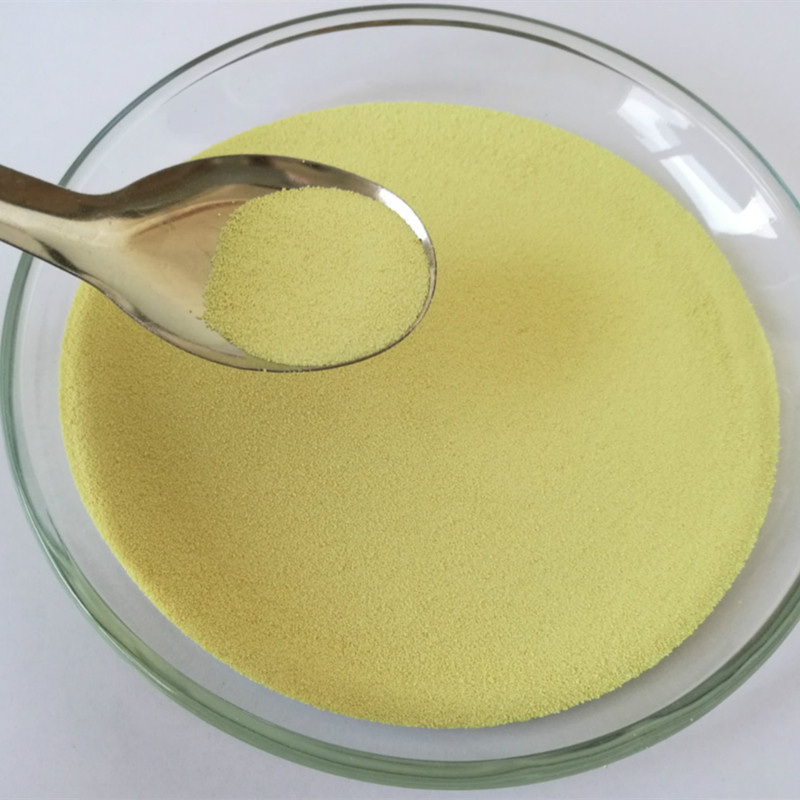Optical brightener DMS and optical brightener AMS and CXT are both fluorescent brightener No. 71. It has two structures. The α-amorphous structure is light yellow powder, and the β-crystalline form is white crystals. β-crystal form has a good whitening effect. It has a high affinity for cellulose fibers. It is stable to chlorine bleaching agent and has a high whitening effect in the range of 20-100℃. The absorption peak wavelength is 349nm, and the fluorescent Chemicalbook light emission wavelength is 442nm. The solubility in water is moderate, smaller than the whitening agent VBL . It can be dissolved in a ethylene glycol and can be made into a 10% suspension with hot water. Anionic, can be blended with anionic surfactants, dyes, and non-ionic surfactants. The fluorescent hue is cyan.

Optical brighteenr DMS production process:
First add 850kg of water to the batching tank, add 285kg of DSD acid under stirring, and adjust the pH to 6-7 with a 10% sodium carbonate aqueous solution after heating to dissolve.
Then move it into the high slot for use. Add 3000kg of ice water into the condensation kettle, and add 1400kg of 20% cyanuric acetone solution below 0°C. Stir to make it evenly dispersed, and then add DSD sodium aqueous solution dropwise at 0-5°C. Use 10% sodium carbonate solution to adjust the pH value at any time to maintain it at 6-7.5. After dropping the Chemicalbook, add 156kg of aniline. After reacting at 30~35℃ for 2h, add 170kg of morphine and react at 80℃ for another 2h.
After the reaction is complete, distill acetone, add alkali to adjust pH to 6~7.5, heat to 120~130℃, At this temperature, the α-amorphous form becomes β-crystalline. After crystal transformation, cooling, filtering, washing the filter cake with water, adding a certain amount of sodium carbonate to kneading, drying at 80°C, blending with sodium sulfate (anhydrous sodium sulfate) to achieve the required fluorescence intensity to obtain the Optical brightener DMS.



